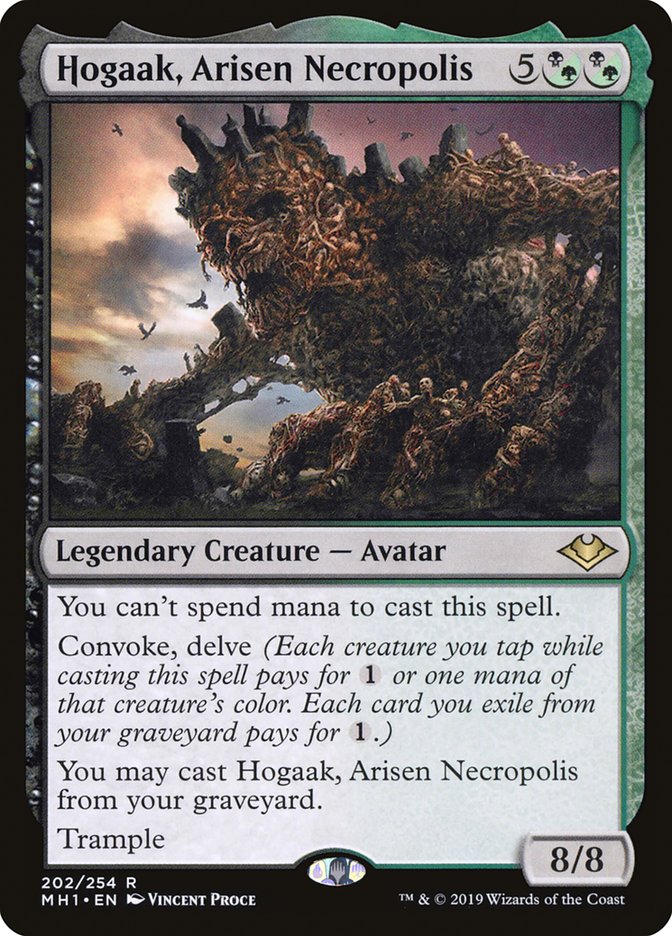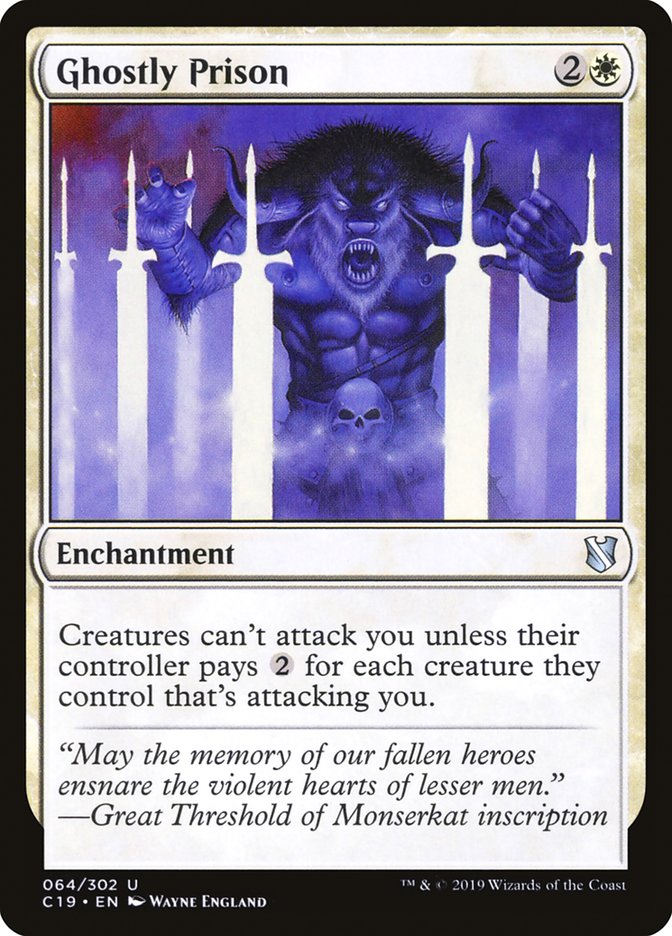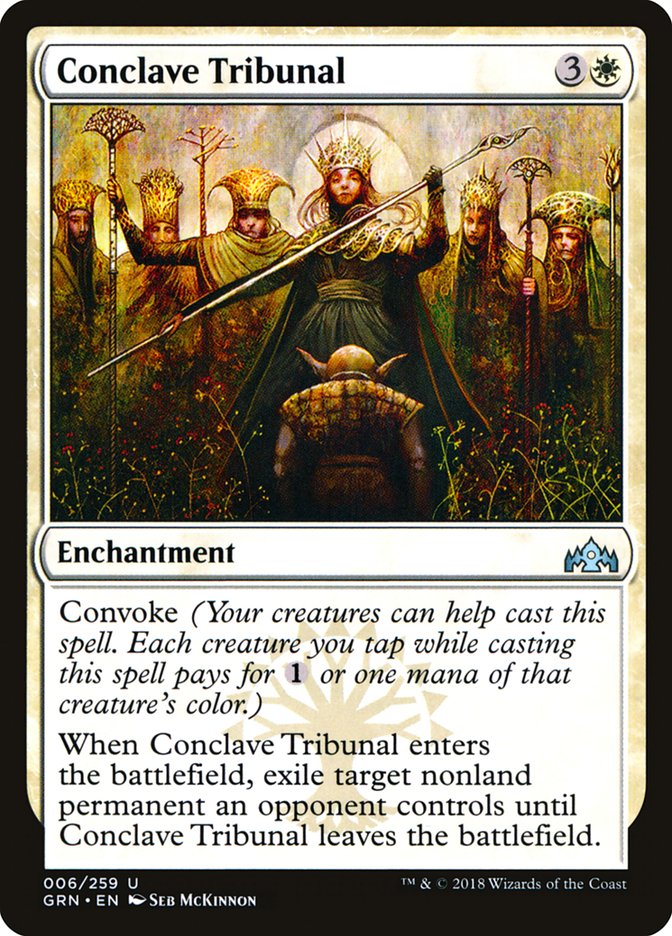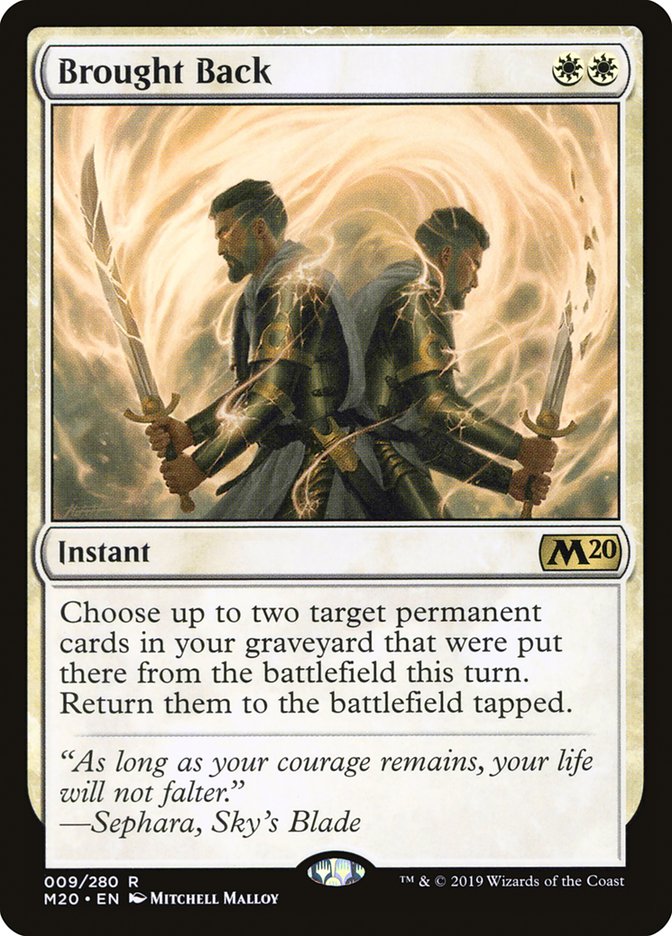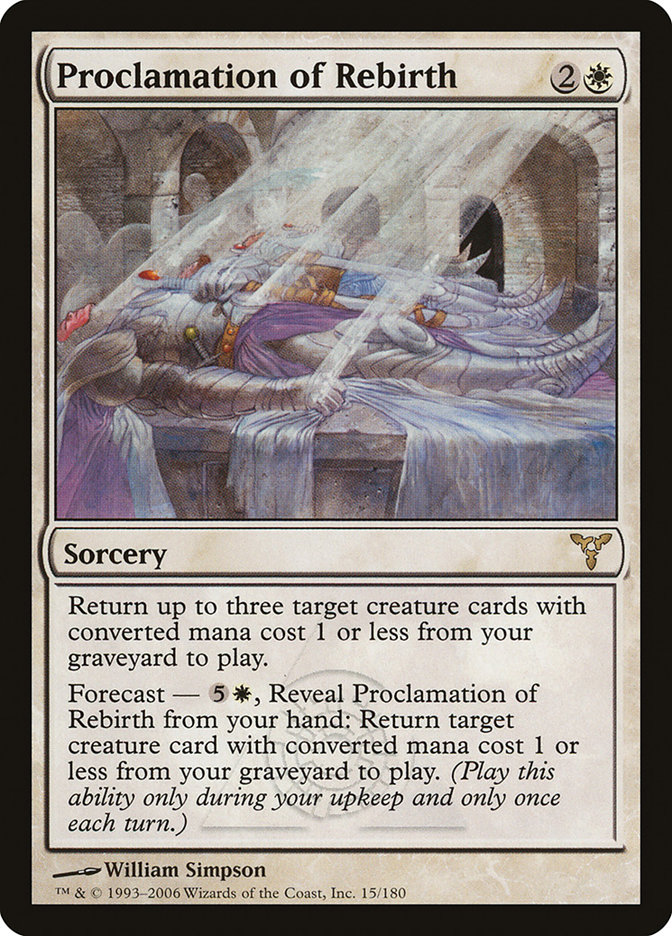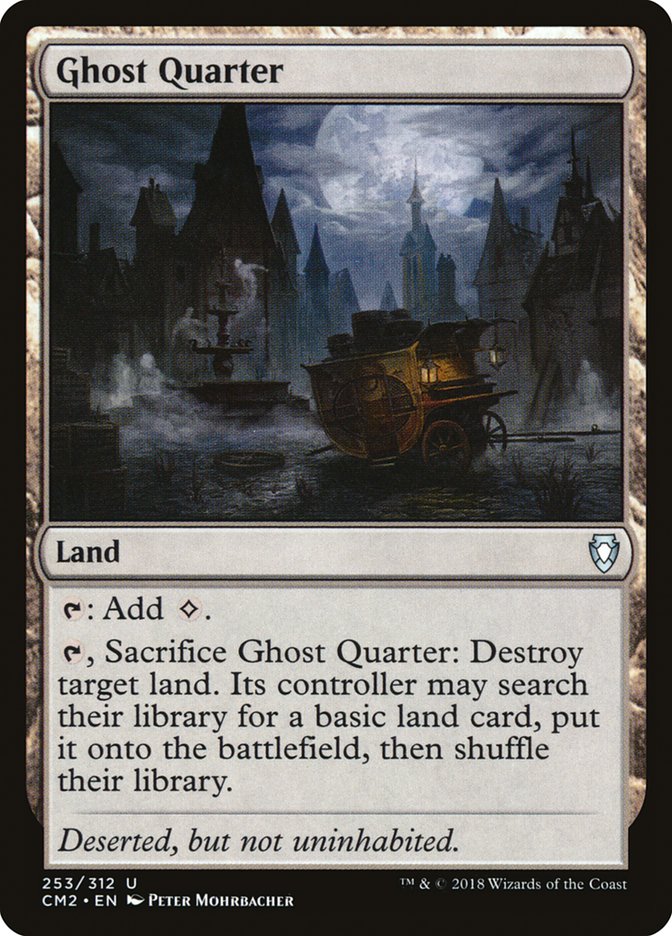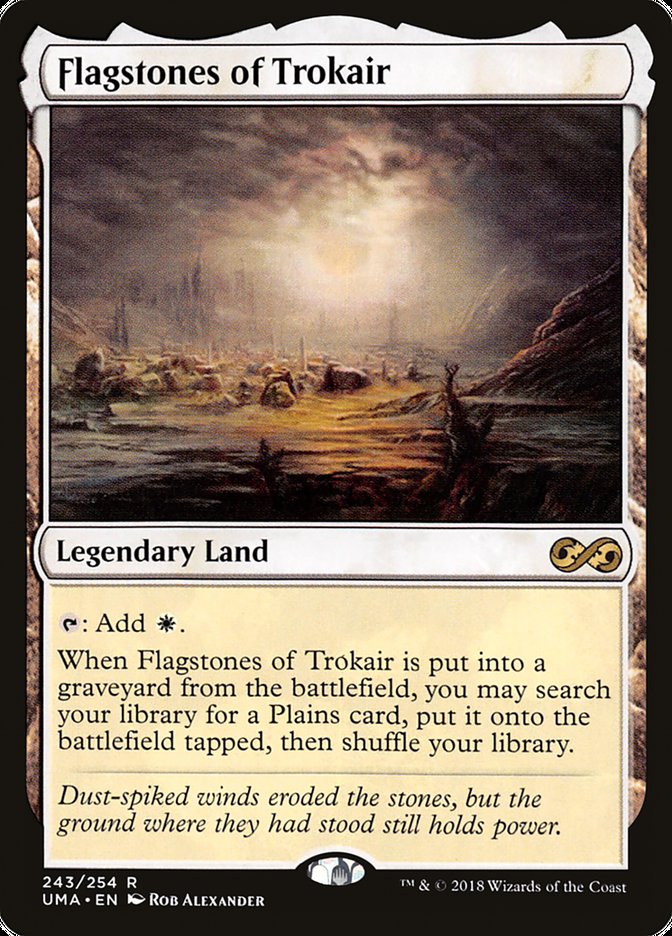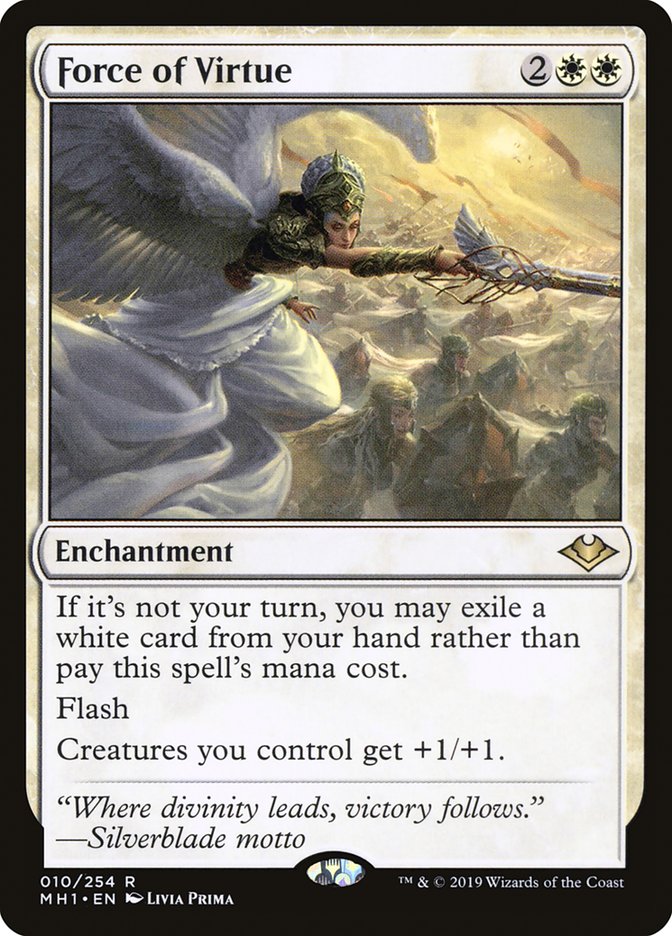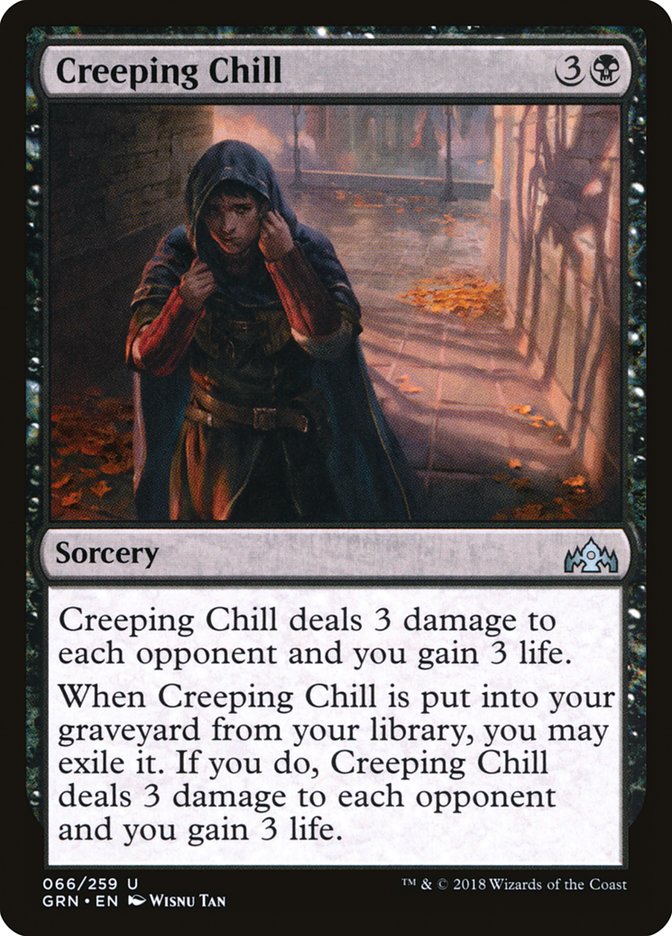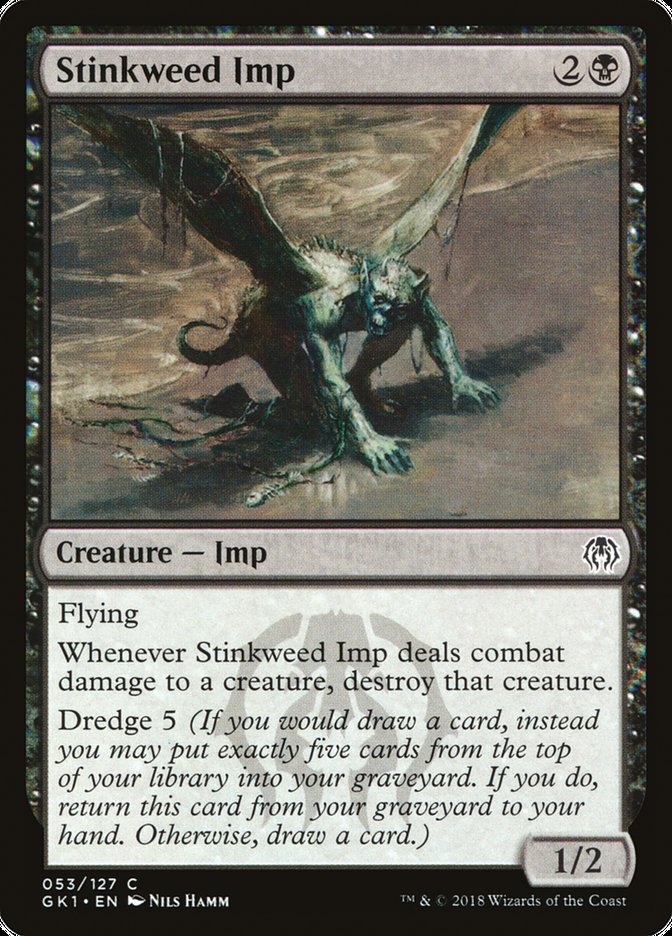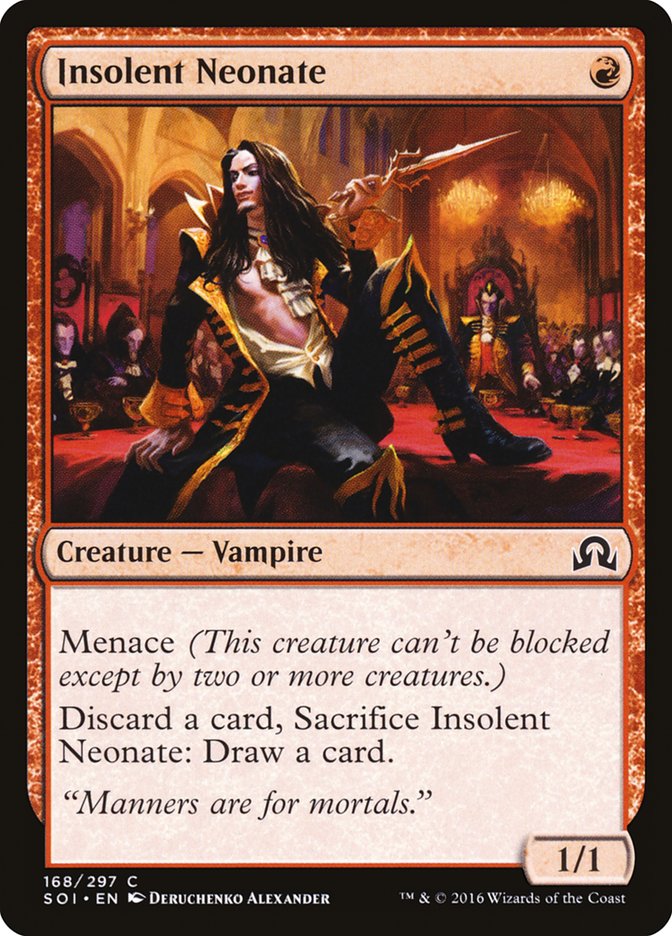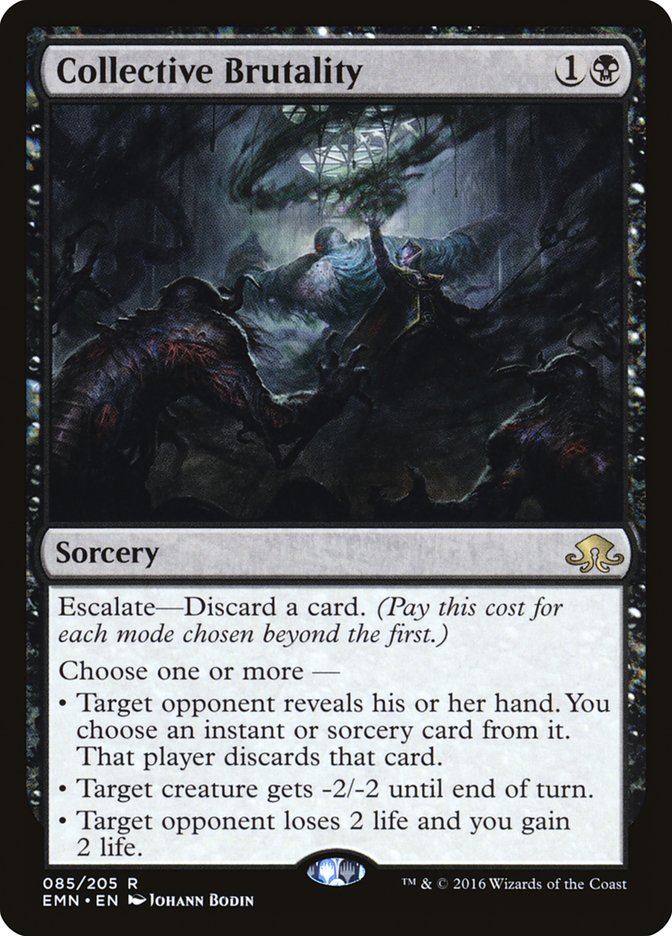MagicFest Las Vegas is this weekend, where a Modern Grand Prix and a Modern Horizons Limited Grand Prix will take place in the same venue over a four-day period. These are the same formats as Mythic Championship IV, so I expect it to bring out many of the same pros looking for a taste of Modern’s last tournament before the Banned and Restricted announcement August 26th.
It’s speculated under reasonable judgment that action will be taken against Hogaak, Arisen Necropolis, so this is likely the last weekend we’ll see that deck in action. Lately I’ve picked up an old standby that I feel has a good matchup against Hogaak and a few other top decks in the field.
The Deck I Want to Play
Creatures (26)
- 1 Kami of False Hope
- 4 Martyr of Sands
- 4 Ranger of Eos
- 4 Serra Ascendant
- 4 Squadron Hawk
- 4 Thraben Inspector
- 1 Walking Ballista
- 4 Ranger-Captain of Eos
Lands (24)
Spells (10)

Mono-White Martyr comes pre-sideboarded against many of the format’s top decks: Hogaak, Burn, and Mono-Red Prowess/Phoenix. You’re favored against any fair creature deck and have game against big mana decks like Mono-Green Tron and Scapeshift because you have four Ghost Quarters and four Field of Ruin. However, Mono-White Martyr is weak against combo decks, and those same combo decks tend to have a good matchup against Hogaak.
I’ve added some different cards since the last time I played Mono-White Martyr seriously. Let’s take a look.
Hogaak and the Phoenix decks aim to go wide with creatures that enter the battlefield from the graveyard while operating with a relatively low land count. Ghostly Prison often stops all but one attacker, which is usually enough. The Martyr deck gains a lot of life, so even a hit from Hogaak, Arisen Necropolis can be withstood for a few turns. Ghostly Prison is also quite funny against the Four-Color Snowheeli deck that Ben Friedman wrote about a few weeks ago.
I used to dabble with Oblivion Ring, Banishing Light, and/or Cast Out as removal slots that can solve any nonland permanent. Mono-White Martyr is well-equipped to blunt creatures but quite weak to artifacts, enchantments, and planeswalkers when you don’t have a battlefield presence. Conclave Tribunal benefits from the small creatures you cast, specifically the density of one-drops that often aren’t attacking for significant amounts of damage anyway. It’s common to cast Conclave Tribunal for two mana after casting another creature for the turn.
I’m currently playing Brought Back in the slot that was once dedicated to Proclamation of Rebirth. Brought Back is nearly all upside compared to the Proc, being two mana instead of three and an instant instead of a sorcery. I’ve Brought Back two Ranger of Eos before for a six-for-one. It’s quite possible the deck wants another copy of Brought Back just on power level, although I’m a little hesitant that I’m underestimating how narrow the card is.
The ramp combo with Brought Back involves using Ghost Quarter on your own Flagstone of Trokair to build up to four lands on Turn 2. Afterwards, it’s easy to catch back up with a Ranger of Eos for a couple of creatures to stabilize.
I consider Ghost Quarter and Flagstones of Trokair a key part of the manabase even without Brought Back. You’re ripping a ton of creatures out of your deck with Squadron Hawk, Ranger of Eos, and Ranger-Captain of Eos. Eventually your deck with become dense with lands. You need the thinning aspect of Ghost Quarter and Flagstones to mitigate flooding out later on.
Force of Virtue is a nice way to convert spare white cards like extra Squadron Hawks to a battlefield presence. It can mess up the opponent’s combat math when used after blockers. Remember, Force of Virtue does have a casting cost, so it can still be used after you’ve attacked on your turn.
Boosting 1/1s into 2/2s is generally stronger than going from a 3/2 to a 4/3. Serra Ascendant actually becomes a relevant source of life once its power is doubled. Squadron Hawks begin to clock the opponent quickly instead of just tickling them with pecks.
Silence is for decks like Izzet Storm, Twiddle Storm, Ad Nasueam, and anything that cascades like Living End or Electrodominance. You have a ton of cards to bring out in those matchups and are often leaving in Path to Exile just to ramp from a Thraben Inspector. Silence may be situational, but it’s better than “just another creature.”
Normally with white decks, you see more Rest in Peace and less of cards like Surgical Extraction. Surgical is a key piece to take an opponent off an Urzatron land permanently or to exile all copies of Valakut, the Molten Pinnacle from the opponent’s deck. It’s also good against Hogaak and Arclight Phoenix, of course.
What I Should Play at GP Vegas
Creatures (32)
- 4 Carrion Feeder
- 2 Stinkweed Imp
- 4 Bloodghast
- 4 Vengevine
- 4 Gravecrawler
- 4 Satyr Wayfinder
- 2 Insolent Neonate
- 4 Stitcher's Supplier
- 4 Hogaak, Arisen Necropolis
Lands (19)
Spells (9)

I wrote about Hogaak and different takes on it in the aftermath of Mythic Championship IV. There were a few builds that I wanted to play but didn’t get around to, eventually landing on the team’s build that came along with Leyline of the Void in the maindeck.
My favorite of the bunch was a rather typical Hogaak deck with some Creeping Chills to help the Burn and other Mono-Red matchups. Since then, I’ve cleaned up the list a bit by adjusting the manabase and consolidating sideboard slots to the cards that have the widest range of matchups to be relevant.
There are some versions of Dredge running copies of Hogaak, Arisen Necropolis but I don’t believe Dredge to be a better deck than normal Hogaak outside of games that end in Creeping Chill. The free Lightning Helix is what swings matchups in your favor when it comes down to a tight race. Creeping Chill also provides reach for when games bog down, you’re locked under an Ensnaring Bridge, or can’t cast spells from a Blood Moon or Mycosynth Lattice / Karn, the Great Creator combo.
The very earliest builds of Hogaak before the banning of Bridge from Below had one or two copies of Stinkweed Imp and a few Insolent Neonate. Stinkweed Imp mills yourself for free and for more than any other card we have access to without splashing for blue and Hedron Crab. Insolent Neonate increases the creature count while being an outlet for Stinkweed Imp after you’ve dredged it back to your hand.
Dryad Arbor has become more commonplace in Hogaak lists as a fetchable creature that can convoke out the trampling 8/8. It also does normal Dryad Arbor things of nipping at planeswalkers and being a surprise blocker. The basic Forest is something other lists don’t have. Once you adjust the manabase to fetchlands that get Dryad Arbor, a basic Forest looks more appealing as a land you don’t have to shock yourself for. Against the new resurgence of red decks, this can be the difference between a win and a loss.
Collective Brutality complements the Creeping Chills as ways to gain back lost life as well as contribute to a burn plan of your own. It’s quite possible to get the opponent to eight life and then finish them off with two Creeping Chills and a Collective Brutality.
Post-Vegas Metagame
Ross Merriam did an excellent write-up about the potential Modern landscape after this weekend.
Hogaak is the best deck and you gotta play it. Honestly, I’m burned out on the deck, but it does offer the best chance of winning the tournament. Looking forward to SCG Dallas next weekend, I’ll be happy to register Mono-White Martyr or another cool brew after a sense of a “Wild West” is restored. An ideal situation to shake out for Martyr would be the combo decks shifting out and being replaced by more fair creature decks. I think it’s possible, since Hogaak currently sits on top as the best creature decks and nothing else is close.
Or maybe Wizards of the Coast will ban an enabler like Stitcher’s Supplier and Hogaak will live to fight again.


